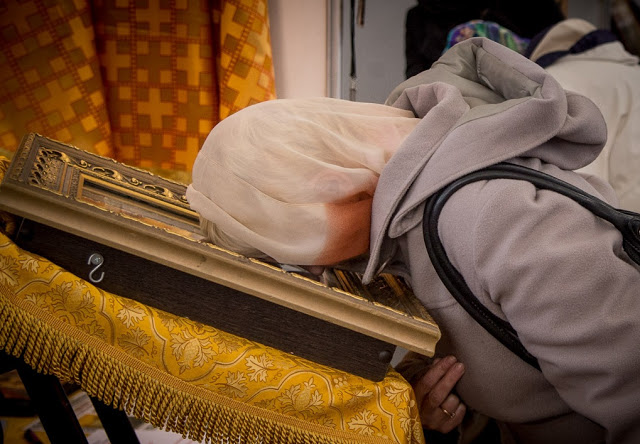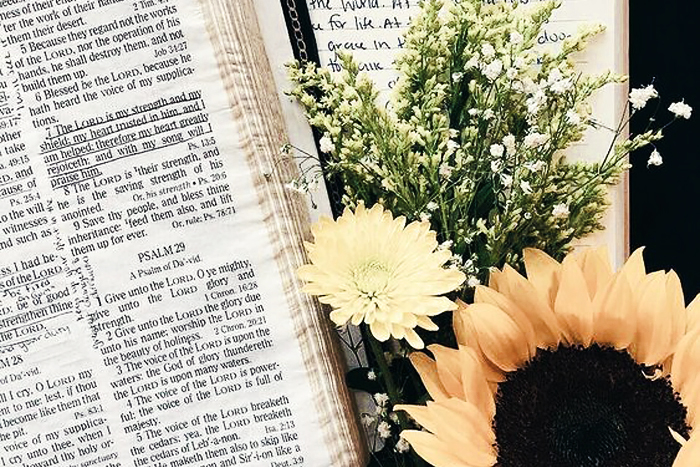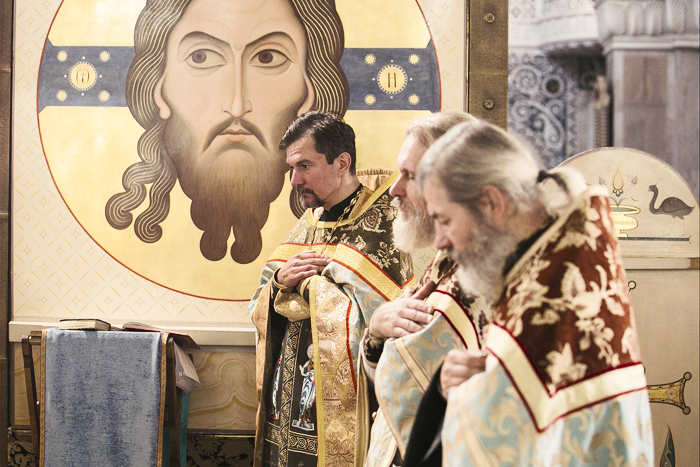
Since the beginning of Christianity, its critics saw it as a spin-off of earlier pagan cults because some elements of Christian worship appeared to be similar to those cults. They wrongly accused Christianity of copying its doctrines or rituals out of earlier polytheistic traditions’ handbooks. For instance, they said that the theme of the resurrection of a deity was ostensibly based on the Ancient Egyptian myth of Osiris rising up from the dead every year; the veneration of Theotokos was allegedly rooted in pagan worship of Mother Earth; and the Eucharist was said to have been adopted by Christians from Mithraists. Veneration of icons was no exception. It was wrongly perceived as a particular case of idol worship. How can we counter that?
First, the human race has few universally observed ritual practices. Lighting candles, singing religious hymns, special meals, washing of body parts, and funeral rituals are culturally universal. It’s only natural that human religiosity will take similar forms in Christianity. Does it mean that these rituals have the same meaning in pagan cults and in Christianity? Not at all! Moreover, the very fact that these rituals first appeared in polytheistic religions does not prove that Christianity is derived from those religions. Christianity brings back the forgotten original meaning to these common and authentic religious practices. That is why we cannot consider the acts of kissing icons and lighting candles in front of them to be equal to idol worship, no matter how similar they appear.
Secondly, we have to differentiate between veneration (δουλειά) and worship (λατρεία). We worship only God but it is totally fine and acceptable to venerate not only Jesus Christ himself but also the Mother of God and the saints. This is evident from bronze images of Christ made in the 1st century, which were excavated in Palestine. It must be noted that all members of the Church, the Body of Christ, are referred to as “saints”, e.g., in the liturgical call, “Holy things to the holy.” Our status is further confirmed by the fact that a deacon censes both the icons *and* the parishioners while walking around the church. The Orthodox Christians, even the simplest and the least educated ones, never consider the wooden boards and paints to be the object of their worship; nor do they suppose that the substance of the Body of Christ during his incarnation was identical to the stuff which icons are made of. Saint John of Damascus wrote, “I don’t worship the inanimate matter; I worship the Creator of that matter who became incarnate for my sake, who deigned to settle in the matter and thus became my salvation.” St. Theodore the Studite adds, “[Deity] is present also in the image of the Cross and other sacred objects, not because they have the same nature, for these objects are not the Divine flesh; but due to their relative connection to the Divine, for they participate in grace and honour.” Other theologians have noted that we honour the Bible because of the Word of God that we find in it, and we don’t worship the “paper and ink”. Likewise, we honour the One whose image is painted, not the paints and planks. The respect that we have for the icon is in fact the respect and honour for the person who is portrayed on that icon.

Thirdly, those who cite “Thou shalt not make unto thee any graven image” as the reason for their opposition to icons, forget that Moses also received an order from God to make gold statues of Cherubims and put them by the Ark of the Covenant (see Exodus 25:18-22) and to embroider the curtain that separated the Holy of Holies from the sanctuary in the Tabernacle with images of Cherubims (see Exodus 26:31). We can’t help mentioning the brass serpent that the Lord ordered Moses to make so that those who had been bitten by snakes could be healed (see Numbers 21: 8, 9; John 3:14). The brass serpent is seen as the symbol of Jesus. Therefore, as we have seen, only the images of false gods were forbidden. The images of the only true religion were allowed, which is proved by archaeological discoveries in the 1-3rd century synagogues, as well as a bronze icon of Christ found in Palestine and dating back to the 1st century, the age of Apostles.
Finally, if we believe that Jesus Christ is the Word that became flesh; if we think that his incarnation was real and not illusory: then we have to approve the images of the human nature of Jesus. Consequently, veneration of icons is a logical conclusion and a visible expression of Orthodox view of Christ. Opponents of icon veneration might say that by painting icons we either dissect the Divine and the human natures of Christ like Nestorians, or mingle them like Monophysites. Is this claim justified? No, it isn’t. We are perfectly aware that the image is not Jesus himself: in fact, the image might not even resemble his facial traits. The icon is a symbol, a sign, a reminder that helps to kindle our faith and multiply our love of God and his saints. The ban on painting and venerating the holy icons is based on Platonic philosophy, which taught that “a body is a cage of the soul,” that the dull matter defiles the spirit, and that the spirit can avoid reincarnation only if it eliminates all kinds of connection to the matter. On the contrary, Christianity declares the sanctity of the matter. Jesus ascended to the Heaven and sits to the right of his Father in this human body; He santified waters of his baptism; even his clothes possessed healing powers, as is demonstrated by his healing of a blood-shedding woman. However, the matter is holy not in its own right, not from the outset but solely thanks to its transformation by the Life-Giving Spirit.
Therefore, veneration of icons, which was confirmed as one of the tenets of Orthodox faith during the Seventh Ecumenical Council, is an expression of our faith in the Incarnation and the basis of our faith in holiness and salvation. It is based on the Holy Scripture and the Holy Tradition, so it is praiseworthy and merits all kinds of acceptance. Glory be to our God always, now, and ever, and unto the ages of ages! Amen.




